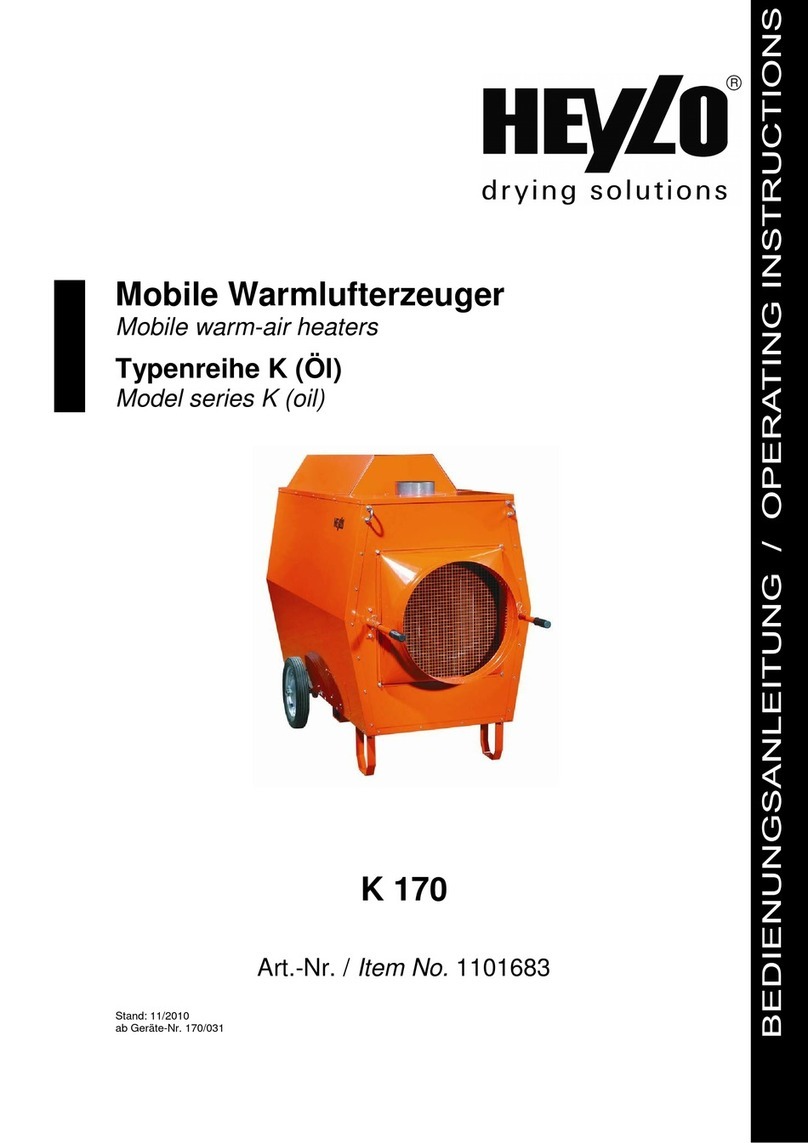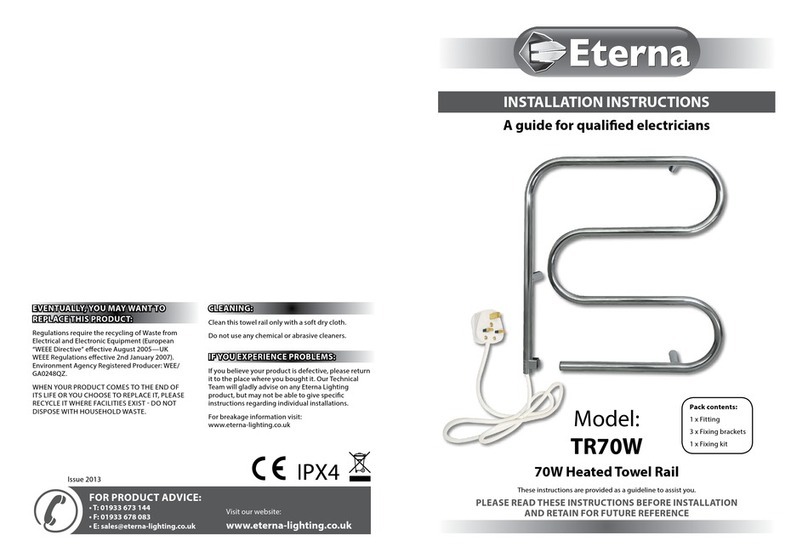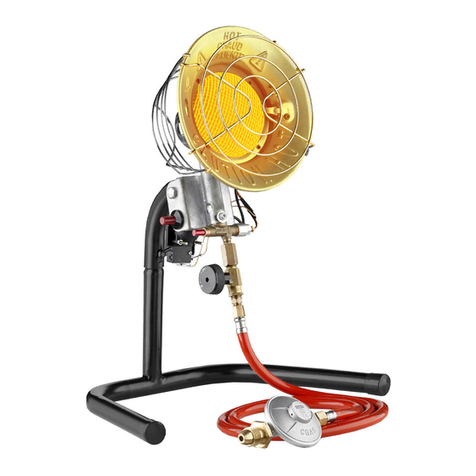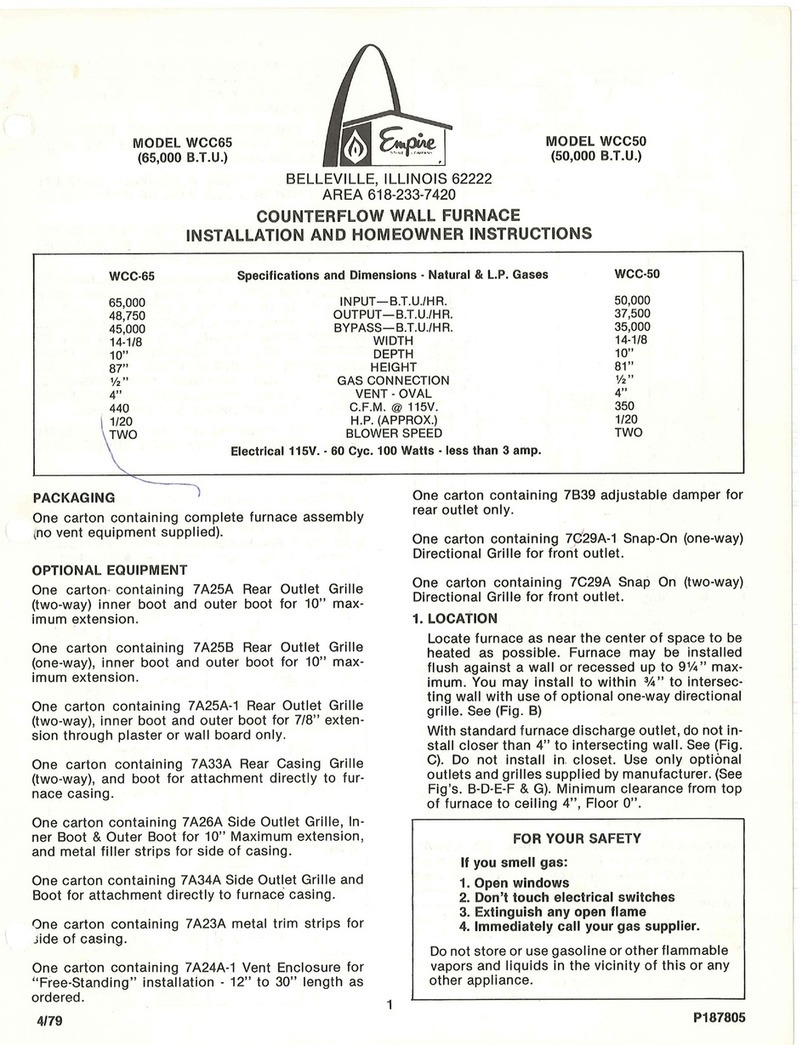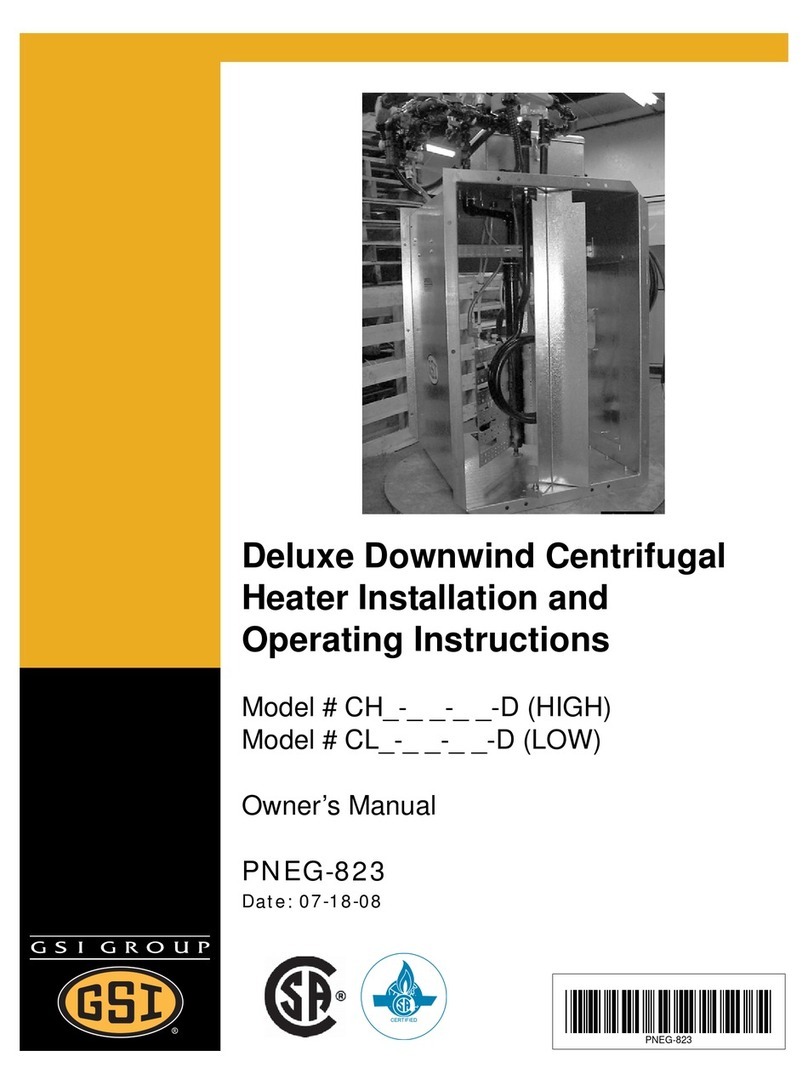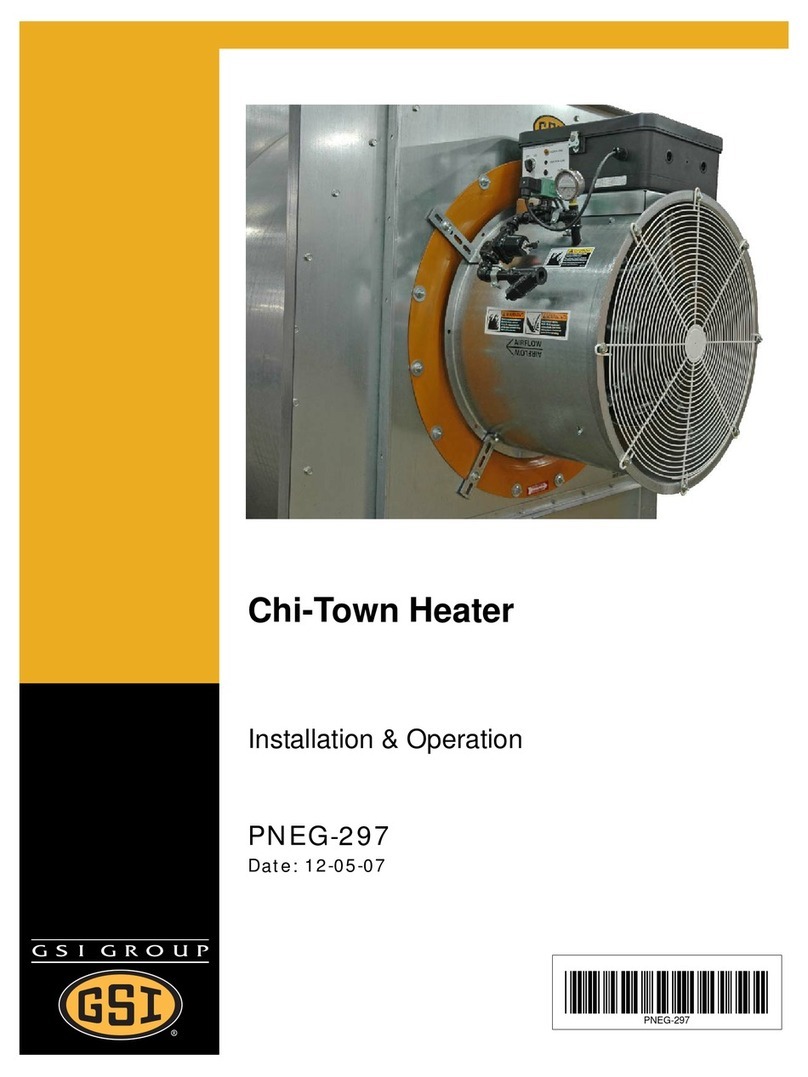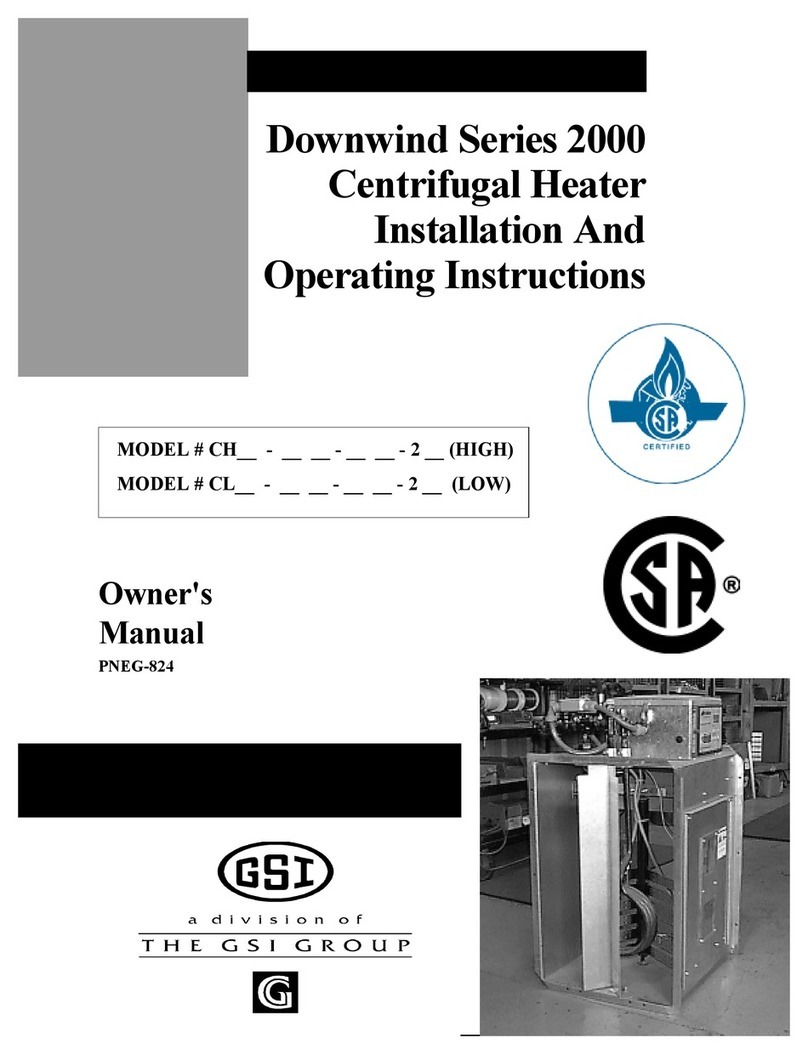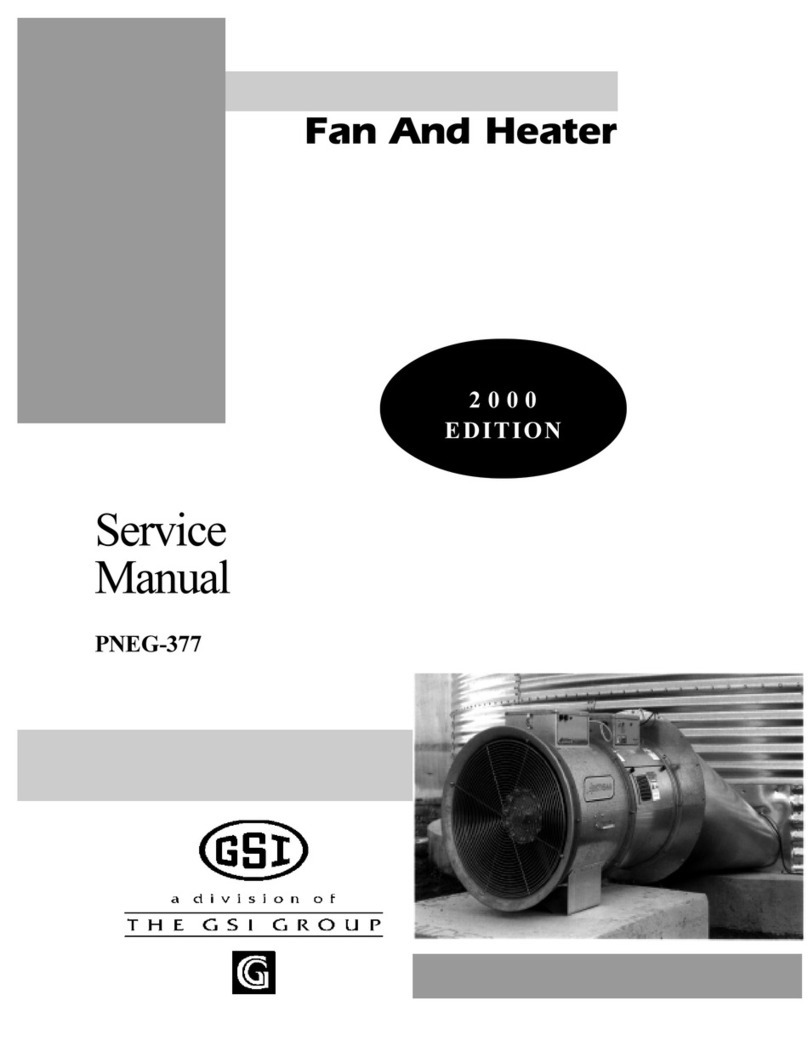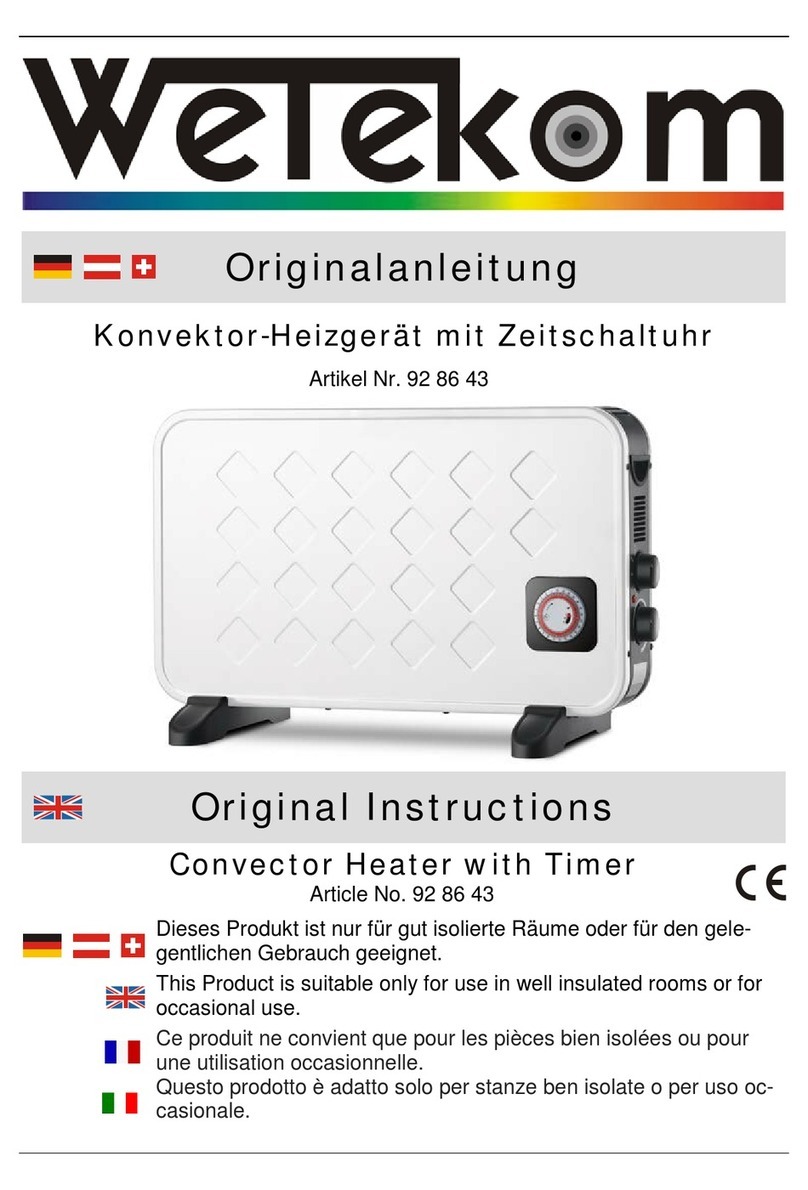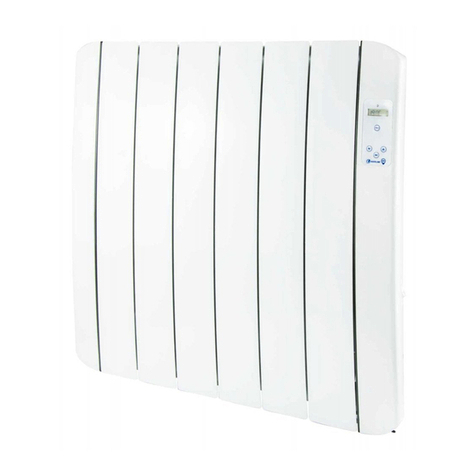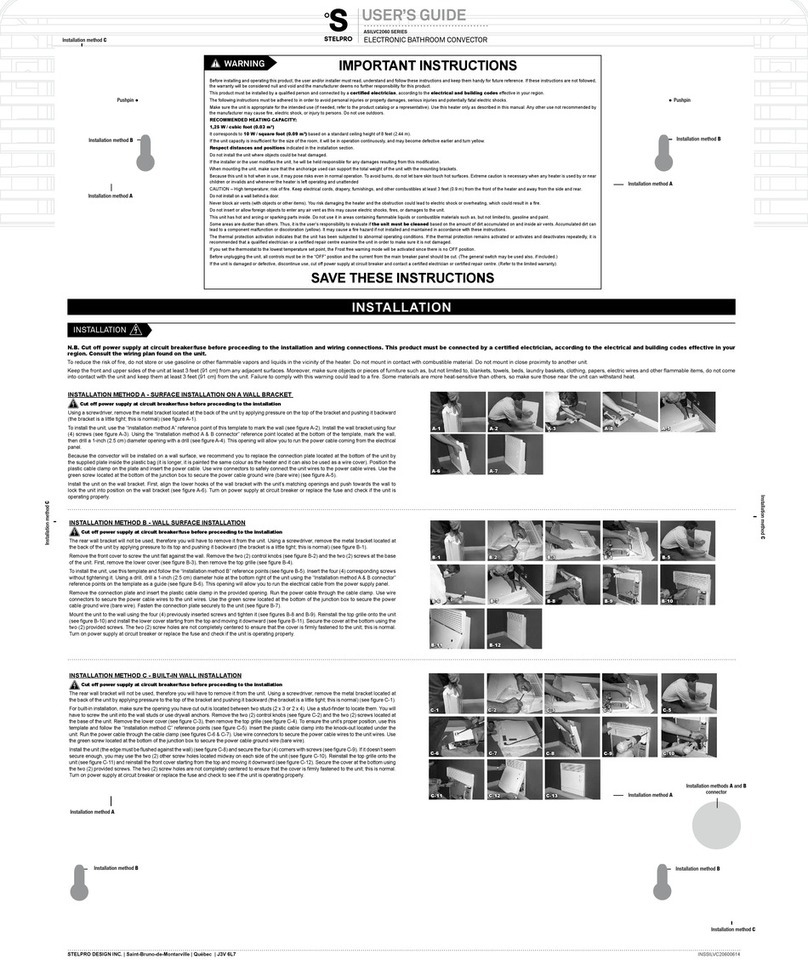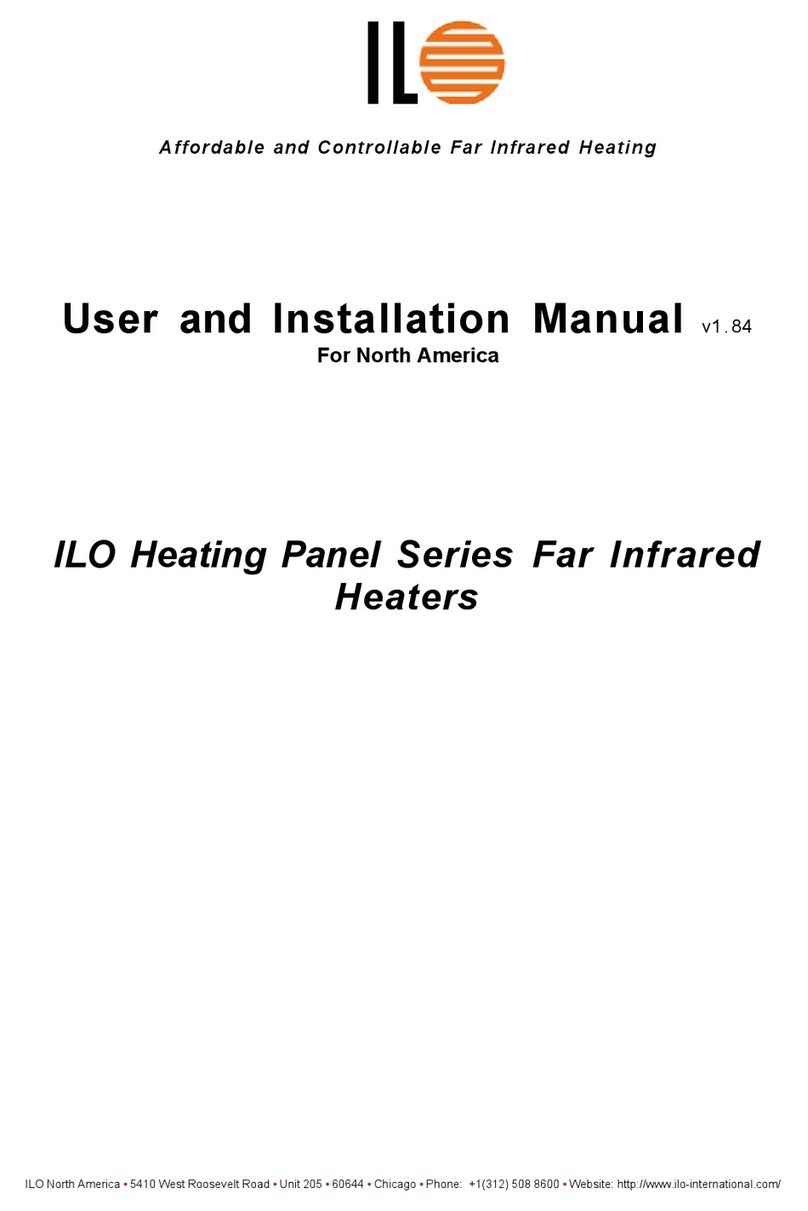
3
Series 2000 Downwind Heater TABLE OF CONTENTS
Safety ..........................................................................................................................4
Series2000HeaterInstallation.........................................................................................6
High Temperature Heater Specifications................................................................6
Low Temperature Heater Specifications................................................................6
AirPressureSwitchandTemperatureSensorBox......................................................7
TransitionHi-Limit Installation................................................................................7
Bin Configuration/Operating Temperature Table...................................................8
Heater Unit Wiring..................................................................................................9
Secondary Heater Unit Wiring................................................................................9
Machine To Earth Ground.....................................................................................10
Proper Installation Of The Ground Rod.................................................................10
Previously Installed Units......................................................................................10
Fuel Connection For Liquid Propane Models.........................................................11
Fuel Connection For Propane Vapor Models........................................................11
Fuel Connection For Natural Gas Models............................................................11
Installing Optional Humidity Sensor....................................................................12
Series2000OperatingProcedure....................................................................................13
Power Up..............................................................................................................13
Normal Operating Displays With Heater Not Running..........................................14
Starting The Dryer.................................................................................................15
Setting Gas Pressure ............................................................................................15
BTU's Per Gauge Pressure (PSI) 10-15 hp Models (Approximate)......................17
BTU's Per Gauge Pressure (PSI) 20-40 hp Models (Approximate).....................18
BTU's Per Gauge Pressure (PSI) Lo-temp Models (Approximate).....................20
Adjusting the Air Pressure Switch.......................................................................21
Adjusting The Vaporizor........................................................................................22
Running The Dryer...............................................................................................22
Programming Set Points.......................................................................................23
Programming Hours To Shutdown.......................................................................24
Drying Grain In The Hours To Shutdown Mode...................................................24
Run Hours Display...............................................................................................24
Multiple Heater Notes............................................................................................24
Modulating Valve Operation.................................................................................25
Factory Configuration..................................................................................................26
ConfigurationDipSwitches(NormallyDone At GSI)............................................26
Error Conditions..........................................................................................................27
Limit Switches......................................................................................................27
MultipleHeater Error Conditions...........................................................................27
Misc Error Numbers..............................................................................................27
Series 2000 Heater Service..........................................................................................28
Series2000 Wiring Diagram.........................................................................................29
Series 2000 Heater Parts............................................................................................30
10-15hpDWHighTemp Heater...............................................................................30
10-15hpDWLowTemp Heater................................................................................31
20-30hpDWHighTempHeater................................................................................32
20-30hp DW Low Temp Heater...........................................................................33
40hp DW High Temp Heater...............................................................................34
40hp DW Low Temp Heater................................................................................35
DW Heater Control Box......................................................................................36
Air Switch Temperature Sensor Box.....................................................................37
DW Propane Vapor Pipetrain..............................................................................38
DW Natural Gas Pipetrain...................................................................................39
DW Propane Vapor Hi-Lo Pipetrain....................................................................40
DW Natural Gas Hi-Lo Pipetrain........................................................................41
DW LP Pipetrain.................................................................................................42
Warranty.......................................................................................................................44








